I am baker because it is in my blood. Both of my grandmothers, although I never knew them, were fantastic bakers. Or so I am told. When I bake, specifically bread, I feel like I am connecting with part of my past that I didn’t get the chance to know. When I watch my Dads face as he describes the beautiful baked treats his mother made, I get a glimpse of her. My Dad hardly has to say anything, just that look, of childlike enthusiasm for something warm out of the oven speaks right to my heart. It is like I know her. I identify with a woman I never met simply by witnessing the look in my Dads eyes. He remembers her well when he remembers the tastes she created.
This is only the first of reasons why I love to bake. The muscle it takes to knead, the hours and patience to rise, and having something tangible for my time, are things I cherish about the process. I have never considered myself patient, in fact far from it. When I bake bread something in me changes. I suddenly am the most patient version of myself and then around the last hour of the rising dough I am like a kid on Christmas Eve, squirming with anticipation of what comes next. That moment when I unveil the towel from the bowl to see how well my dough rose, is like Christmas morning, only much more rewarding.
This ciabatta bread is my favorite recipe for bruschetta and sandwiches. It tastes great toasted with nut butter, nutella or some avocado and fresh squeezed lemon and sea salt. It even tastes great all on its own. Be warned that the taste is not the only thing to savor because the aroma of baking ciabatta makes everything look and feel more beautiful. It’s true.
Ciabatta Bread
4 packed level cups+2 tbsp. high quality bread flour
3 tsp. sea salt
2 tsp. active dry yeast
2 cups warm filtered water
Olive oil for bowl
Without a scale, flour can be measured so differently by each person, so I want to note that I packed each cup full and leveled it off from there. I did the same with the tablespoons. I used filtered water and then warmed it in the kettle on high for about 3 minutes. Water should be a comfortable bath temperature.
Mix the flour, yeast and salt in a stand mixer with the dough hook attachment. Slowly pour in warm water while mixer is on low. Once all the water is incorporated, turn mixer to medium speed and let it knead for about 5 minutes. Dough should be slightly wet and still stick to the sides. After 5 minutes the dough will be tacky, smooth and almost have a creamy texture to it. Use a spatula to take dough out of the mixer and place in a large, oiled bowl. Drizzle dough with oil and form into a ball. Cover with a towel and place in the oven with the light on for 2-3 hours or until doubled in size. With oiled hands start to pull dough away from the bowl. Continue to pull dough away from itself for a minute or two to create air pockets. Sprinkle a generous amount of flour on the counter and knead dough for a few minutes. Add in more flour if needed. You don’t want the dough to stick to the counter at this point. Form into a ball and cover with a towel for 20-30 minutes. Preheat oven to 500. Using more flour if needed, knead dough one last time for about a minute, and form desired shape of loaf. If using a dutch oven, I create a round shape and place it right in there. Make slashes in the dough, cover with lid and bake for 45-50 minutes. This bread will still work without the dutch oven but it’s definitely best to use it if you have one. Let the bread cool before slicing. Slather with butter and savor every last bite. Or just eat another slice. And another.

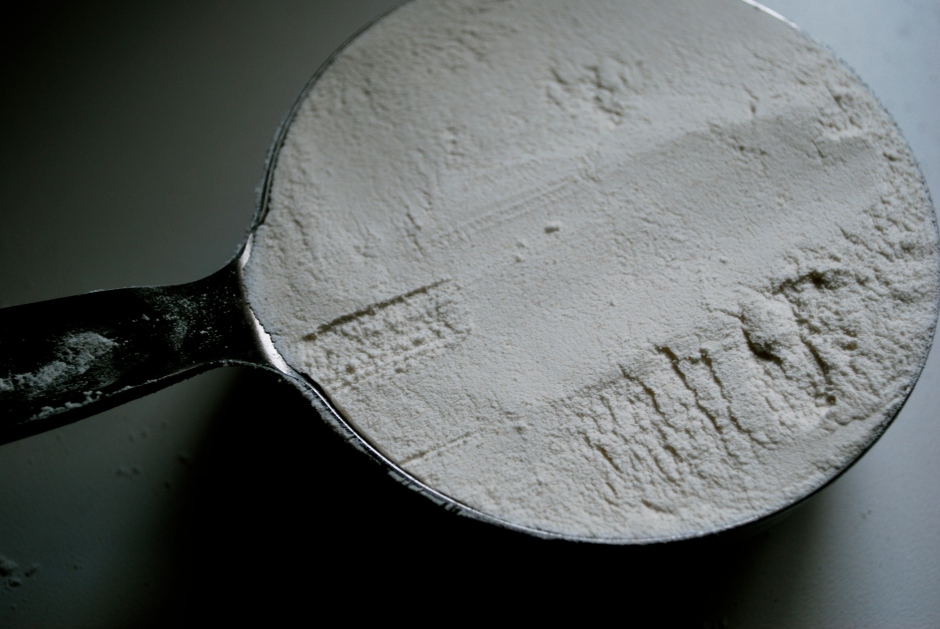
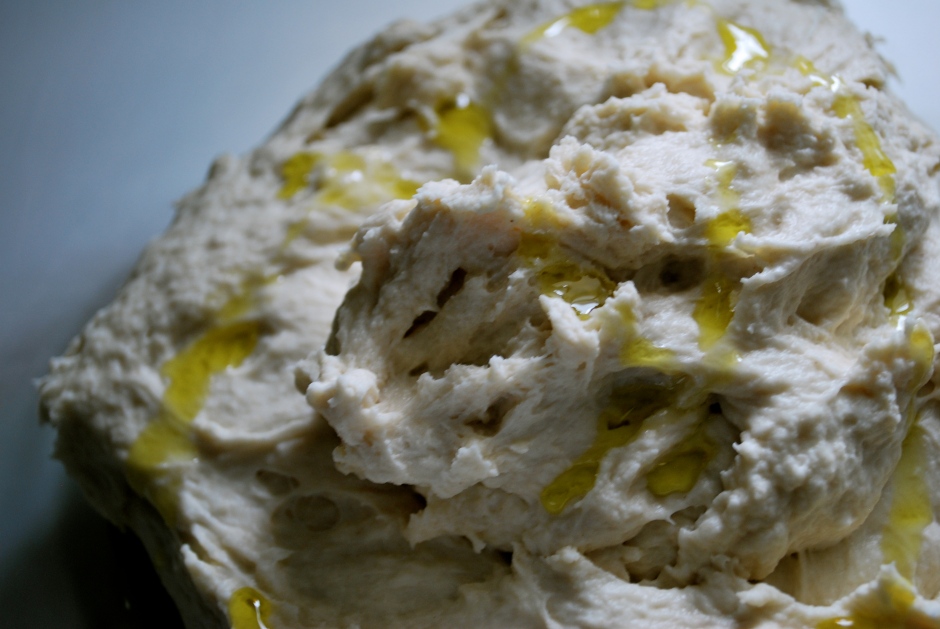
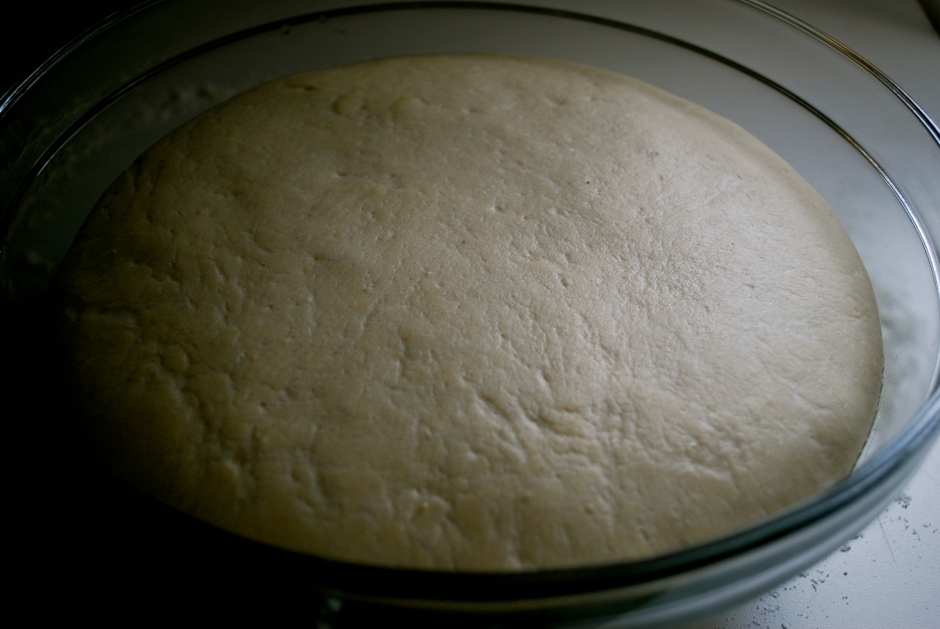
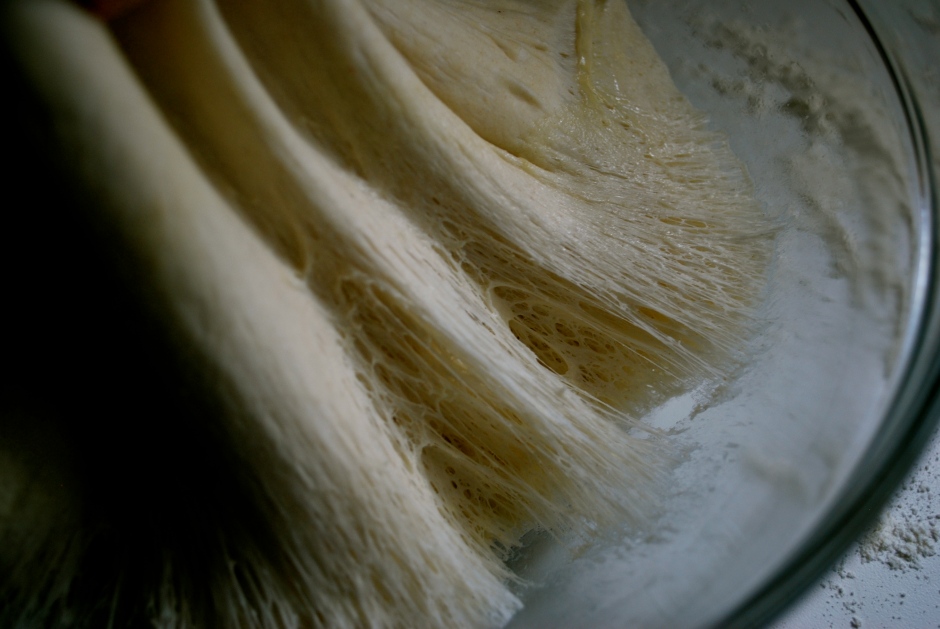
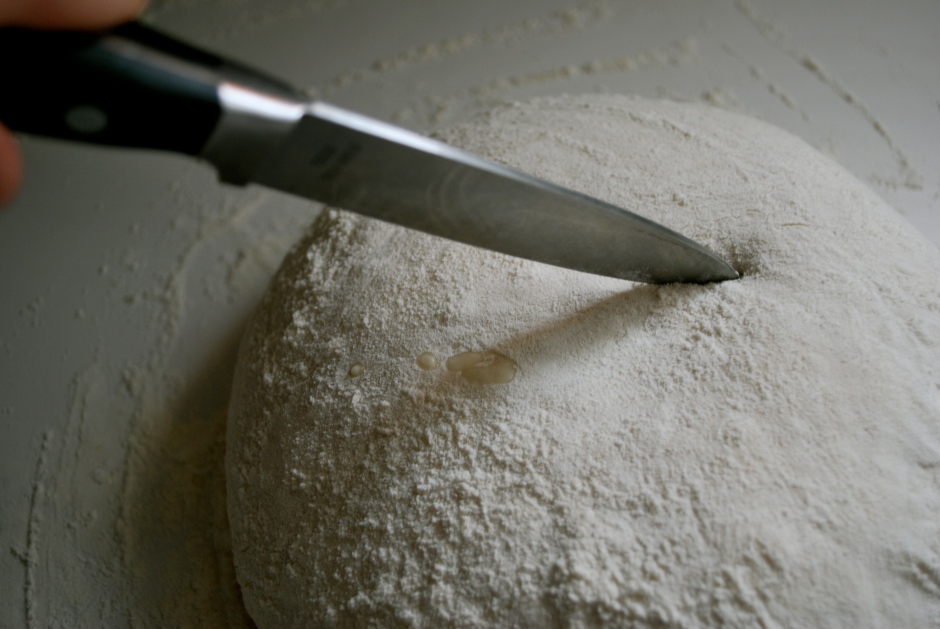

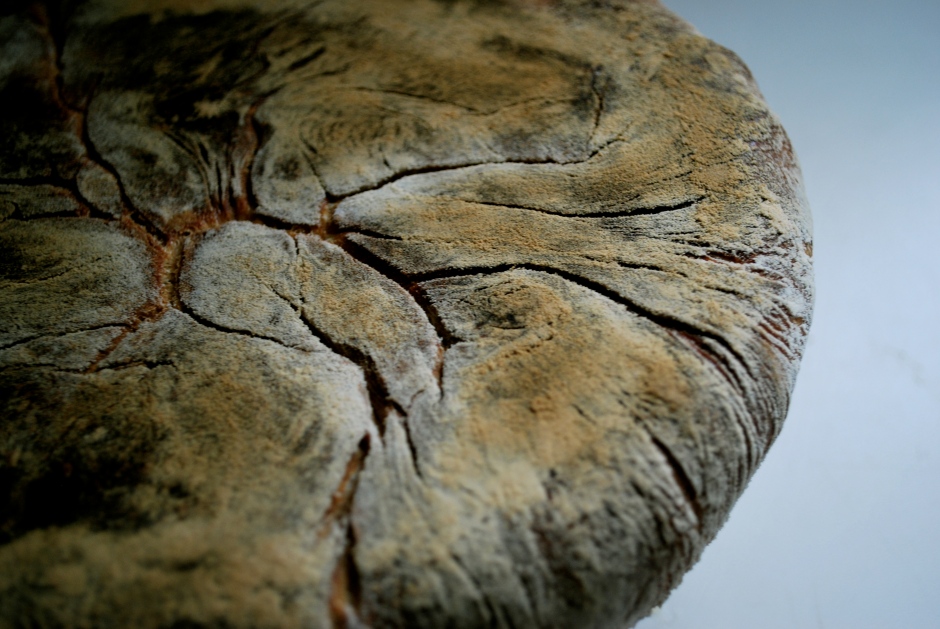

Now that’s a work of art and a thing of beauty. When I was a young wife and mother, baking bread was my joy, my therapy, my gift to my family and to myself. You’ve described it perfectly.
I think about you every time I bake bread and it makes me smile! I love that we can connect on this, as well as so many other things in life. xo